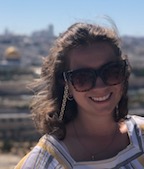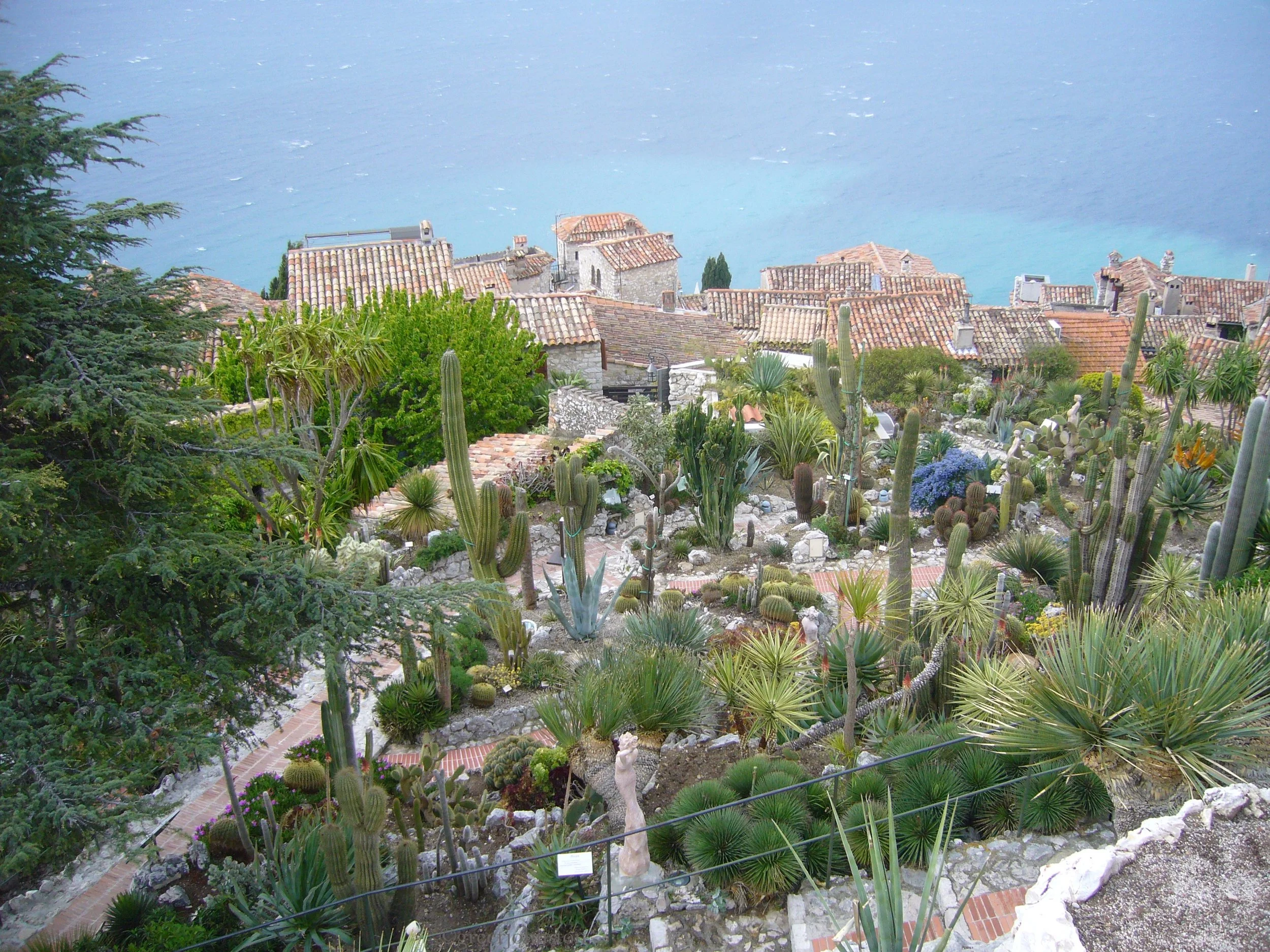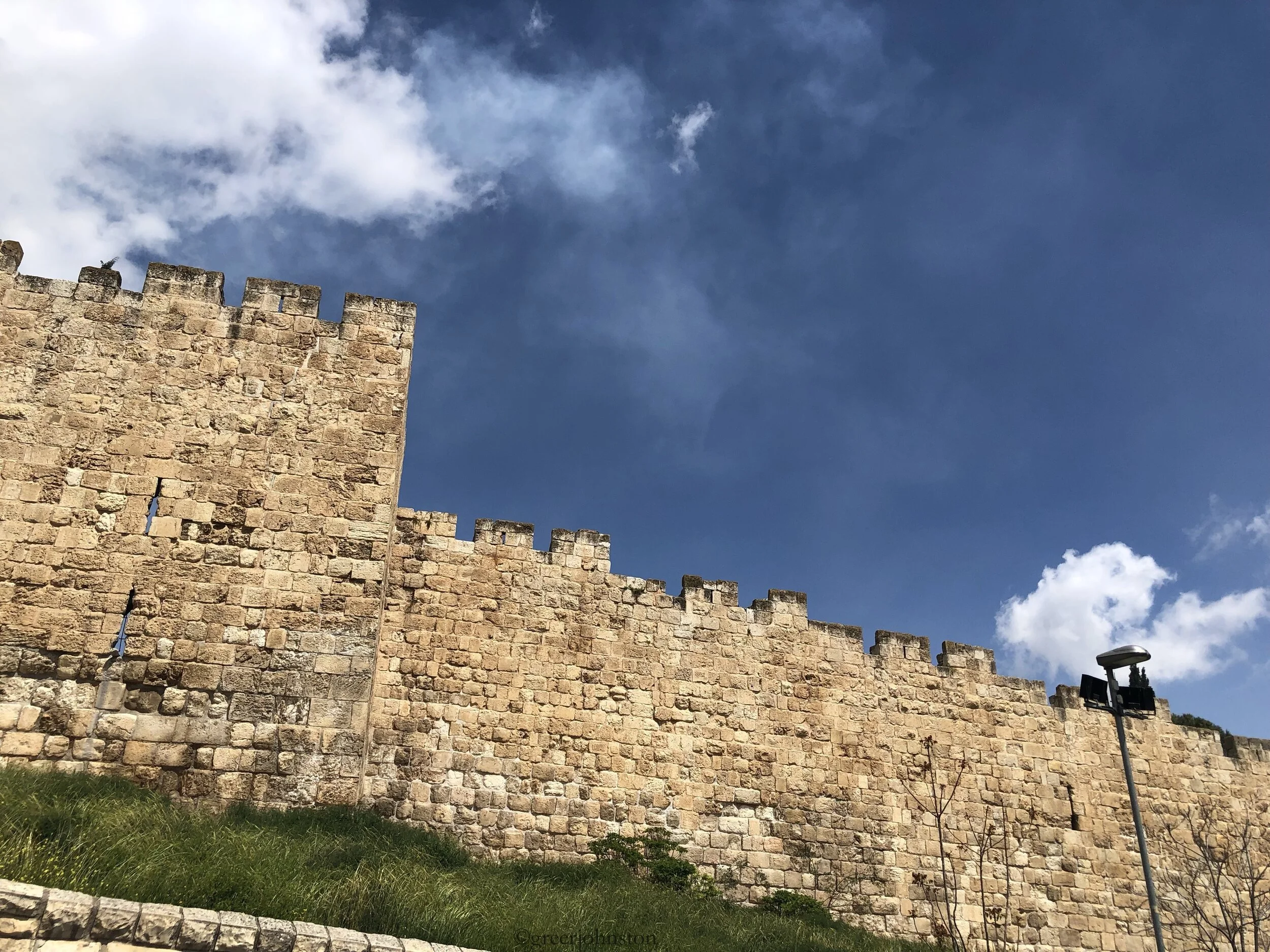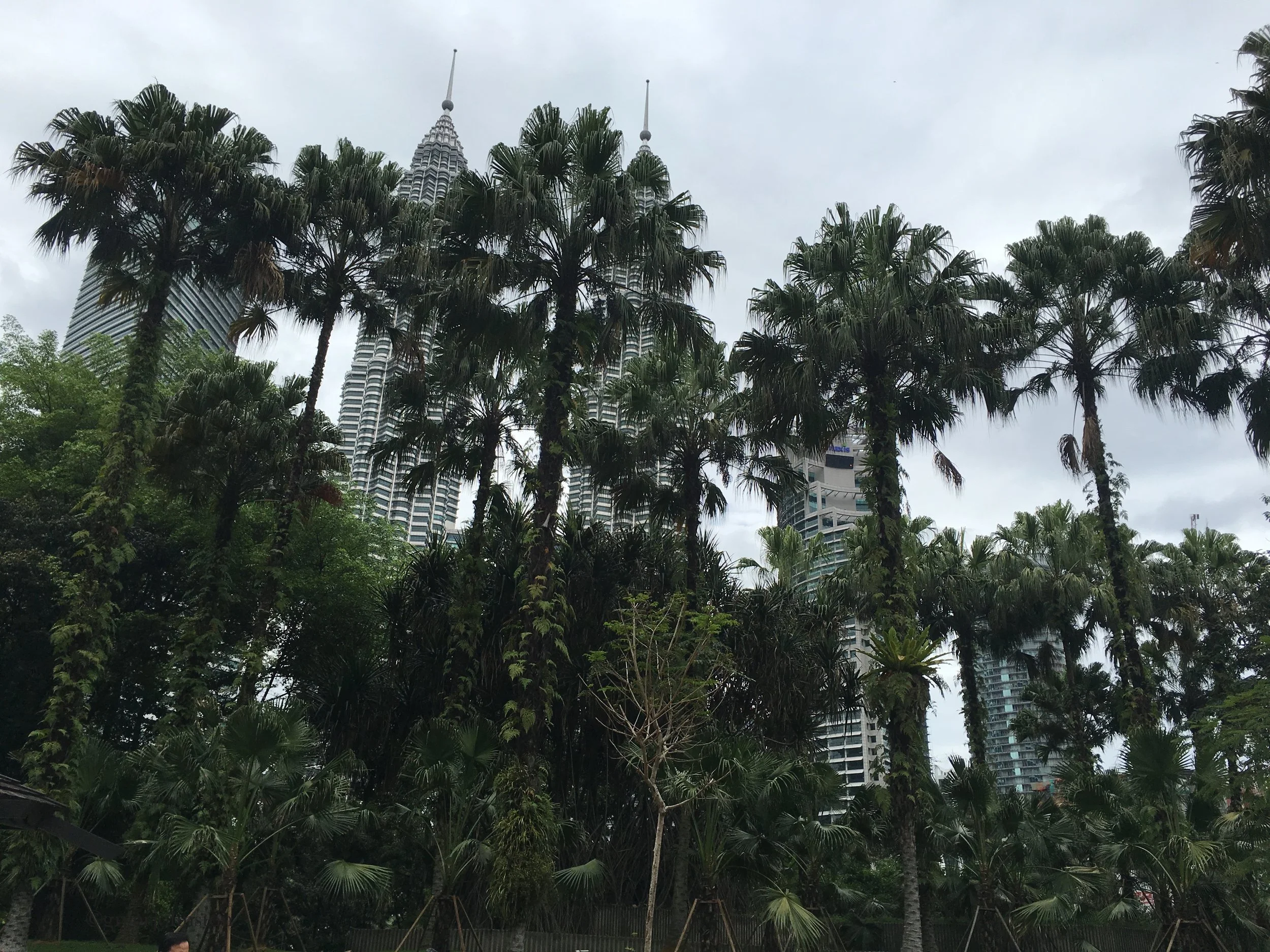Ramallah
Ramallah.
When I was planning my trip to Palestine, I took a chance and booked an eleven-day stay in Ramallah. I really had no plans and didn’t know anyone there, but I just had a feeling that if I showed up and went out, I would find something to do.
And I was right.
Ramallah all lit up at night
Ramallah was an incredible. whirlwind of a city. Thanks to the fact that I had been following many Palestinian businesses and creators on Instagram for months, I was prepared with a to-do list that I immediately jumped into. Along the way, I was able to meet and connect with so many wonderful and friendly people who made my stay in Ramallah super-sweet, and very difficult to say goodbye.
Below, I will leave you just a sampling of what there is to see, do, and eat in Ramallah. There really was an endless list of restaurants, cafes, and activities to try, but here are the ones that really stuck out. I hope you enjoy.
Getting your Bearings
When I first arrived in Ramallah, I was amazed by the dance of people and cars in the streets. It is almost always full of people, except for Friday mornings, when the city is silent, until the time of afternoon prayers, after which it is at its most full. At first, it seemed like a maze, but once I oriented myself around a few key landmarks, I quickly got my bearings.
A street named after slain journalist Shireen Abu Akleh
At the same time, I also lost my anonymity. Ramallah is a tight-knit community: you will be recognized immediately as someone new, but after a few days, you will have become a familiar face. I would frequent the same mini-market, shops, and cafes which let me develop a sense of community.
My suitcase and I navigating through Qalandiya checkpoint
You will probably arrive to Ramallah by bus. If you are connecting with Jerusalem, you can take the 218 buses going to Qalandiya checkpoint. The buses do not always go directly through the checkpoint, meaning you may have to get out and physically walk through the checkpoint, which has stairs, ramps, and turnstyles - a good reason to try to pack light. Once you are on the other side of the checkpoint, you can try to find another bus to take you the rest of the way. If you need to get out before the bus reaches the terminal, you can tell the driver where to let you off, or you can just take it until the bus terminal, which is very centrally located and near Al Manara Square.
The hostel where I was staying was just next to the Abdel Nasser Mosque, one of the main gathering places of the city. Being so close, we were also able to hear the beautiful adhan, the call to prayer, five times a day. Many times, I would just be sitting on the front porch, enjoying the breeze, and upon hearing the call to prayer, would stop whatever I was doing to sit and listen. It is an incredibly moving experience.
Abdel Nasser Mosque
One of the four lions at Al Manara Square
The main point of reference of the city will have to be Al Manara Square. This roundabout radiates into six different streets taking you in different directions around the city. It is characteristic with its four statues of lions representing four of Ramallah’s prominent families.
If from Al Manara Square you take Al Ra’eesy Street, also known as Rukab Street for the eponymous ice cream shop located here, you can walk straight into the old town of Ramallah, Ramallah Tahta. At some point in the 10 minute walk, you will notice that the crowd has thinned out, the cars pass by sparingly. The atmosphere has changed from bustling city to quiet old town. No more multi-story office buildings, the buildings are as they were before: old stone houses, built in the traditional way. In a way it is as if you have gone back in time, entered a different world.
I found Ramallah to be a very walkable city and had no trouble getting around. I was advised that as a woman, it would be best to not walk around alone after 10 pm, advice I heeded by sometimes taking a taxi. You can check with your accommodation or local friends to know the current rate, which when I was there was never more than 5€ for a ride home.
The characteristic yellow taxis around found all over Ramallah, along with the characteristic Ramallah traffic
If you would like to use a “service” taxi, which is shared and therefore less expensive (less than 1€ a person), they run specifically up and down Al-Ersal Street, departing initially from the KFC, and picking people up and dropping them off as they go. Here you can also catch shared minivans to nearby towns like Bir Zeit. If instead you are looking to visit other cities in Palestine, there is another minibus station inside a parking garage on Nahda Street going towards Al Manara Square. If you ask the drivers at one of the stations, they can point you in the right direction to get where you want to go.
Our Lady of Annunciation Greek Melkite Catholic Church
Traveling in the minibus is also economical, but try to know the price ahead of time. For the trips I made to other cities it was never more than 5€. Again, the system is that people get in and get out along the way depending on where they are going, so you need to tell the driver where you will need to be let off.
And just to note, the area we refer to as Ramallah is actually two municipalities: Ramallah and Al-Bireh. As a tourist, this is something that you might not even notice as they are adjacent to one another, but I just wanted to mention it so one can avoid any confusion.
Restaurants and Cafes
You could visit Ramallah for weeks and not run out of new cafes and restaurants to try. I have a whole list of places I didn’t get to visit, but the first places I visited turned out to be so nice that I just went back to them again and again.
Mornings at Succariya
I first became a regular at Succariya, a very typical cafe in the Ramallah Tahta neighborhood. Set in a traditional old stone building, the cafe has retained the charm of decades past while also feeling incredibly modern. Arabic music from the 1950s plays, and the walls are decorated with old photos of Palestine from the first half of the 20th century. A place where you can feel at home, Succariya is truly a gem.
The famous Rukab ice cream
One of the first places I went to when I arrived in Ramallah was to Rukab’s Ice Cream. I fell in love with Rukab’s signature stretchy Arabic ice cream when I was previously in Jerusalem, where they are sold in prepackaged cones. I couldn’t wait to try a fresh scoop from their decades-old shop in the heart of the city. While they do have other flavors, I always chose the traditional offering, which includes a sampling of six flavors: Arabic gum, lemon, pineapple, strawberry, pistachio, and my favorite, chocolate.
During the day when I needed a quick bite, I would pop into one of Croissant House’s locations. Featuring a variety of sweet and savory pastries, their location near Rukab’s even has an upper floor where you can enjoy your treats (the other locations I saw were only take-away). My favorite was the savory Bulgarian cheese pastry, and they had one of my favorite iced (blended) coffees, complete with a chocolate drizzle for a sweet twist.
Iced coffee is a favorite drink in Ramallah, and Coffee Lab was one of my favorite places to get one
My other favorite spot for a blended iced coffee was Coffee Lab. A little bit of a hike up on Al-Ersal street, I would stop there on my way back into town. I would just get the classic iced coffee, but they also offer a variety of flavors that make them one of Ramallah’s go-to coffee houses.
While the blended kind of iced coffee is a popular drink across the city, I also found “cubed” iced lattes at Odee Blends in Ramallah Tahta. They even offer a lavender coconut iced latte, which I loved.
My favorite toast salad at Garage
My go-to nightlife spot of my time in Ramallah was Garage. Definitely a local gathering spot, I would see many familiar faces from around town here. Besides a great selection of local beers from Taybeh Brewery and the signature Sheperd’s beer from Birzeit Brewery, Garage had an incredible salad on its menu: the toast salad. Imagine: a grilled cheddar and feta cheese sandwich lined with pesto, cut into bite-size pieces and served warm on top of a salad.
If you have a sweet tooth, then you will have to stop by Nutella Shop, which really needs no other introduction. A dessert shop dedicated to Nutella, it is definitely the definition of some people’s dreams.
Carob juice seller
To sample some of Palestine’s incredible fresh fruits, you can walk through the market near Abdel Nasser mosque, and sample what is in season. When I visited in July, I enjoyed amazing figs, prickly pear cactus fruit, and lychee.
I also sampled carob juice from the characteristically dressed sellers who stand in popular streets, ready to pour you a refreshing glass of this sweet, cold juice on a hot, summer’s day.
Most of the food I would get, however, would come from somewhere I passed by on the street: fresh bread rolling off of the unique cooking oven, falafel frying in hot oil. I would let my senses lead, and kept an eye out for unassuming stands with a line of people waiting. I used to pick up fresh juice: carrot, pomegranate, orange or some mix of them, at a place right on Al Manara Square.
Pineapples waiting to become juice at Al Manara Square
Shopping
If you are looking for some gifts for others, or honestly, for yourself, then Ramallah has everything you are looking for. I picked up many, many, souvenirs here to remember my time in Ramallah and Palestine.
A beautiful selection of ceramics at Irth
The two shops where I found most of my treasures were Beit Al Ard and Irth House of Heirlooms. In addition to their own unique offerings, at both stores I was able to find beautiful ceramics made by Nisf Jubeil Ceramics in Nablus, incredible pieces of hand-embroidered tatreez by the Atfaluna Crafts, an organization that support deaf communities in Gaza, and yoga straps made of the traditional Syrian silk fabric, an initiative by local yoga teacher, Sarab.
I was also lucky to be able to stop by the nöl collective studio. While the studio is not currently open for visitors, you can check them out on Instagram (@nolcollective) and their website, where they feature pieces designed and made in Palestine.
Thread for the traditional tatreez embroidery at nöl collective
Just part of the selection at Abu Ammoneh
If you would like to buy some fabric to make your own creations at home, you can stop into one of the fabric shops. I made a few trips to Abu Ammoneh on Rukab Street near Al Manara Square in order to pick some of the Syrian silk fabric. I was overwhelmed with the incredible variety of color combinations.
Although I wish I could have taken them all, fabric turns out to be very heavy in your suitcase!
The spice shop at Saleh Khalaf; it smelled amazing
And finally, you really can’t leave Palestine without picking up some spices. One of my favorite shops is Saleh Khalaf. You can stop by their original location in Ramallah Tahta, which I imagine remains the same as when it first opened. They also have more modern storefronts throughout the city, including near Al Manara Square on George Al-Saa’ Street. I picked up a good amount of za’atar, a traditional Palestinian spice, as well some dried pineapple, one of my favorite snacks. They have a wide variety of prepackage seasonings for various Palestinian dishes, as well as bins spices that you can buy by weight. It is absolutely a delight for the senses to enter into this shop, and its an incredible experience to be able to use this spices at home and have a taste of Palestine.
Culture
Beautiful flowers are everywhere
I was lucky that my trip coincided with the Palestine International Festival, an annual arts festival featuring dancers, musicians, and singers from Palestine and beyond. I was able to see one of the performances, by Jordanian singer Nedaa Sharara. It was incredible to be a part of the audience, who were joyfully singing along to her songs, knowing all of the words.
I also attended a session of Open Mic Palestine with some friends, one of whom got up to perform! Open Mic has regular sessions in different locations, and anyone is welcome to perform. There were singers, musicians, poets, and even Palestinian-American comedian Amer Zahr happened to be there and gave us some laughs. On this occasion, the open mic was held at the Khalil Sakakini Cultural Center, which also gave us the opportunity to have a quick look around the beautiful, historic location.
Another memorable visit was to the Dar Zahran Heritage House. Literally meaning “Zahran’s House,” Zahran welcomes you into his 250-year old family home. Traditionally built, the stone structure has a basement that was once used to house the animals. One can imagine that what today is in the middle of a bustling city, was once a small village. Zahran began opening his home to visitors in 2012 in order to share Palestinian cultural heritage and history with visitors from all over the world. It is amazing to look at the series of maps he has collected showing how people from all corners of the earth have come to Ramallah. The home features family photos, and at the time was exhibiting a wonderful series of paintings by artists Ismail Shammout and Tamam Al-Akhal.
Inside Dar Zahran you can see how traditional house were built, with a painting Uprooting, by Tamam Al Akhal, in the background
As I mentioned, one day I headed to nearby Bir Zeit in order to visit the Palestine Museum. Located on an incredible campus, at the time they were featuring an exhibit on the history of Palestine’s coastal cities: Akka, Haifa, and Yaffa. Afterwards, I went for a walk to check out their beautiful garden. The scent of lavender hits you as soon as you open the door. You can see many different trees such as pomegranate and olive trees, and there are sculptures nestled among the garden as well.
Outside the Palestine Museum
Artwork by Fuad Alymani
It was kind of an adventure getting back to Ramallah though so I would talk to the shared taxi driver who is taking you there and see about arranging a return trip.
Walking through the city, I happened to find two amazing works of art by Fuad Alymani. The first features a young woman dancing dabke, the traditional Palestinian folk dance. This painting evokes so much joy, and is painted on the side of the Royal Court Hotel. The other is the incredibly moving, “Mother of the Martyr,” found in Al-Istiqlal Park.
In addition to the Ramallah Martyrs Memorial, a large mosaic work found in Ramallah Tahta, you will find improvised graffiti around the city, images of the martyrs of today.
The Ramallah Martyrs Memorial
Activities
One of the ways I also got out and about in Ramallah was by joining activities. I went for a hike with a group organized by Bisan (@bisanalhajhasan on Instagram). Bisan organizes amazing outings for both locals and visitors to experience the beauty of Palestine. Palestine has an incredible diversity of landscapes, and I knew I wanted to spend some time in its tranquil nature. I would not have been able to do something like this on my own, and by doing so I was also able to connect and make new friends, so I am truly grateful for this experience!
Fresh summer snacks on the hike - tomatoes, watermelon, and jibneh (cheese)
I also joined yoga classes taught by Sarab (@simplisarab on Instagram) at Farashe Yoga Center. Her classes were amazing, and I was lucky enough to be in town when they organized a hike and yoga to Sakiya, a center at the beautiful oasis of Ein Qiniya.
Artwork by Fuad Alymani
It was through Sarab that I also heard about Suq Al Harajeh, a summer festival on Friday afternoons in which artisans and food vendors present their offerings to a crowd of all generations. A street fair just outside of the Ramallah Municipality, you will have no shortage of small gifts to pick up for souvenirs and yummy treats to try!
For some more specific needs: if one day you want to beat the heat, you can always take in a movie at Palestine Tower Cinemas. If you have some work to catch up on, you can head to uMake, an incredible co-working space that has everything you need. Located in Amaar Tower, you can reach it by taking the service taxi from KFC up Al-Ersal street and walking through Al-Istiqlal Park.
Closing thoughts: What to know about visiting Ramallah
I absolutely loved my time in Ramallah. I met so many friendly people, and most people I met were curious about what brought me to visit their country. I met many other travelers, solo female travelers as well. While one should take precautions like they would when visiting anywhere, in my opinion Ramallah is a very visitable city.
It is important to have the understanding that while Ramallah may be the most liberal place in the West Bank, it is still a very modest cultural environment. It is best to dress and behave modestly to not attract unwelcome attention and to respect the culture of the place you are visiting.
Fresh bread and manakeesh
Depending on where you are coming from, it may surprise you that in some cafes and restaurants you may find that smoking is still allowed: shisha, cigarettes, or both. Usually the windows will be open and in some places smoking is only allowed on the upper floor, for example.
I found that cell service can be sparse in certain areas, so plan out your walking route ahead of time.
I met many different kinds of travelers during my stay in Ramallah. Some, like me, had already been to Palestine and were well-versed in local culture, behavior, and topics. Others though, were less aware of the situation, the historical context, or even the appropriate way to dress. Sometimes this could lead to uncomfortable situations. I recommend doing some research ahead of time so you can make the most of your trip, as well as being able to discern with whom you would be comfortable walking around the city, if you do meet people in your hostel for example.
As I mentioned before, I found the people in Ramallah to be incredibly friendly - both the people I met in the street and the people I was fortunate to befriend. However, we must remember that we are guests in their country, and it is important to respect their culture and expectations.
Sunset with the water tanks that line the skyline
I hope you have enjoyed reading about Ramallah, and perhaps will consider to visit Ramallah and Palestine one day. It is a place that is very close to my heart, and I will forever cherish my memories from my stay in Ramallah.
Note: The header image was taken at Sakiya, Ein Qiniya.
































